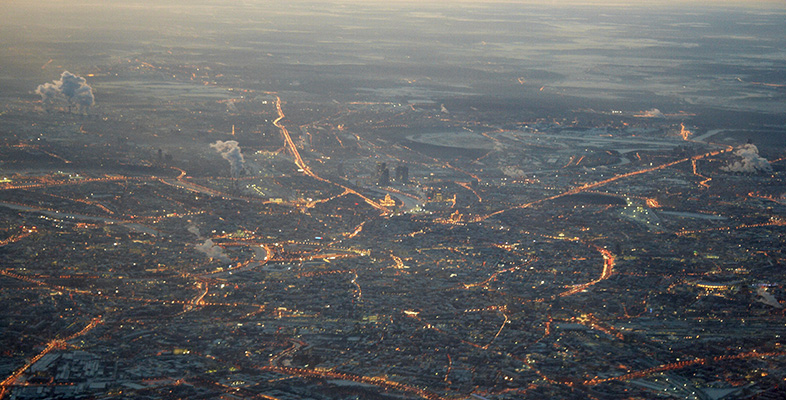8.4.2 Alternative structures
There are many other models and ways of representing an organisation’s structure. An organisational structure based on a matrix is one where members of the organisation are drawn together from different functions to work on a specific task or project, such as improving energy efficiency in the organisation. This might require people from different parts (e.g. departments or units) of an organisation to work together, while still retaining their position within the more conventional hierarchical structure.
Organisation structures can also be based on teams, focusing on using the skills within the team to achieve the organisation’s goals, or networks where the organisation networks with other organisations to help perform some of its functions (often described as outsourcing). Newer organisations, particularly start-up companies, often begin with ‘flatter’ organisational forms to avoid bureaucracy, promote responsibility and engender more creative and collaborative approaches to problem solving.
Despite their diverse purposes and types, and however they are represented and structured, organisations tend to have similar elements relating to: decision making, management, administration and operations. Even wholly web-based organisations will need these to support a virtual, online presence. The following is a summary of these in very general terms, although wide variations and overlaps between the elements exist:
- Decision-making structures and processes can vary considerably from the informal to the highly formalised, and can occur at any level within an organisation depending on the nature of the decisions to be taken. Decision making can thus be strategic, perhaps taken by a chief executive (or equivalent) or operational manager. In some cases, an operational decision can have strategic consequences for the organisation (e.g. a routine operation may result in water pollution leading to significant fines for the organisation).
- Management structures refer to the way in which interactions between those within (and outside) the organisation are shaped, organised and managed to achieve goals, establish new activities or deal with issues arising. Again they can be very informal to highly formalised, sometimes very flexible and sometimes very rigidly set up.
- Administration structures enable the organisation to exist and continue as an ongoing entity. In a UK context, administration tends to be associated with more functional day to day structures of an organisation (e.g. a legal office, accounts departments, reception, general office, etc.).
- Operational components tend to refer to the ‘doing’ to enact decisions and policy and often are linked to outward-facing aspects of organisations (e.g. relating to supply of outputs or services, particularly in the case of business organisations).
Organisations usually combine some aspects of all of these, but the particular configuration will reflect how an organisation functions and, by extension, how it relates to environmental issues.
